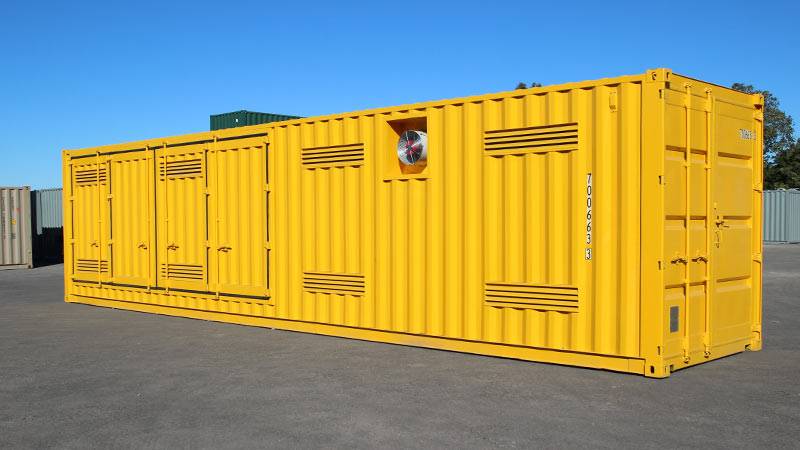ONTARIO
ONTARIO
BRITISH COLUMBIA
QUEBEC
MANITOBA
ALBERTA
NOVA SCOTIA
SASKATCHEWAN
(416) 800-7467 Mon - Fri 09:00 - 17:00 430 Sherman Ave N, Hamilton, ON L8L 8J6, Canada
(778) 652-9515 Mon - Fri 09:00 - 17:00 2020 Willingdon Ave Suite 900, Burnaby, BC
(416) 800-7467 Mon - Fri 09:00 - 17:00 7600 Notre-Dame St W, Montreal, QC
(417) 800-7467 Mon - Fri 09:00 - 17:00 615 Erin St,
Winnipeg, MB
(780) 900-8812 Mon - Fri 09:00 - 17:00 11023 201 St NW,
Edmonton, AB
(902) 624-7145 Mon - Fri 09:00 - 17:00 297 Marginal Road, Halifax, Nova Scotia
(306) 205-1166 Mon - Fri 09:00 - 17:00 592 Cory Road,
Martensville, SK, S0K 0A2

